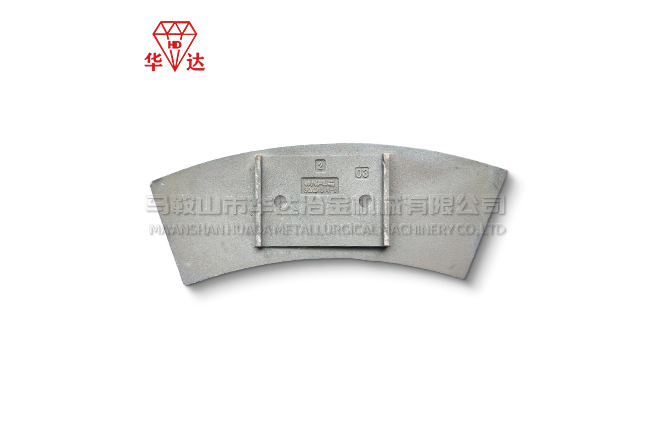Long Feed Blades: Optimizing Efficiency and Wear Resistance in Mixing and Crushing Equipment
In the demanding environments of concrete mixing, mining, and material processing industries, long feed blades play an essential role in ensuring smooth and efficient material handling. These specially designed blades, often installed in mixers and crushers, are engineered to withstand heavy abrasion, deliver steady feeding performance, and extend the service life of industrial equipment.

The function of a long feed blade is to guide, push, and mix raw materials effectively inside the mixing chamber or crushing cavity. Unlike standard blades, long feed blades feature an extended design that allows for better contact with materials, improving flow distribution and reducing dead zones during operation. This leads to more uniform mixing, higher output consistency, and reduced energy consumption.
Due to the harsh working conditions, these blades are typically manufactured using high-chromium cast iron, alloy steel, or composite wear-resistant materials. Their enhanced hardness and toughness provide exceptional resistance against wear caused by aggregates, sand, cement, and ores. This durability significantly reduces the frequency of blade replacement, minimizing downtime and saving operational costs for plants and factories.
Another key advantage of long feed blades is their adaptability. They can be customized to match different mixer models, including SICOMA, BHS, ELKON, and other leading brands of concrete batching plant mixers, as well as crushers used in mining applications. This ensures a wide application range, making them a versatile wear part across industries.
In addition to wear resistance, the precision design of long feed blades improves feeding efficiency. By reducing turbulence and ensuring smoother material flow, these blades help maintain consistent production quality. The result is higher productivity and lower operational risks, particularly in plants where continuous and large-scale production is required.
Modern long feed blades are also designed for easy maintenance. Many manufacturers now produce interchangeable designs that allow for quick replacement without dismantling major components, further improving plant efficiency and reducing equipment downtime.
From an economic and sustainability perspective, the use of wear-resistant long feed blades contributes to lower energy use, fewer spare part replacements, and reduced environmental impact by optimizing equipment performance over time.
With the global construction and mining industries continuing to expand, demand for durable long feed blades is growing. Manufacturers are investing in new alloy technologies, advanced heat treatments, and surface hardening techniques to produce blades that last longer and perform better in increasingly challenging working environments.
